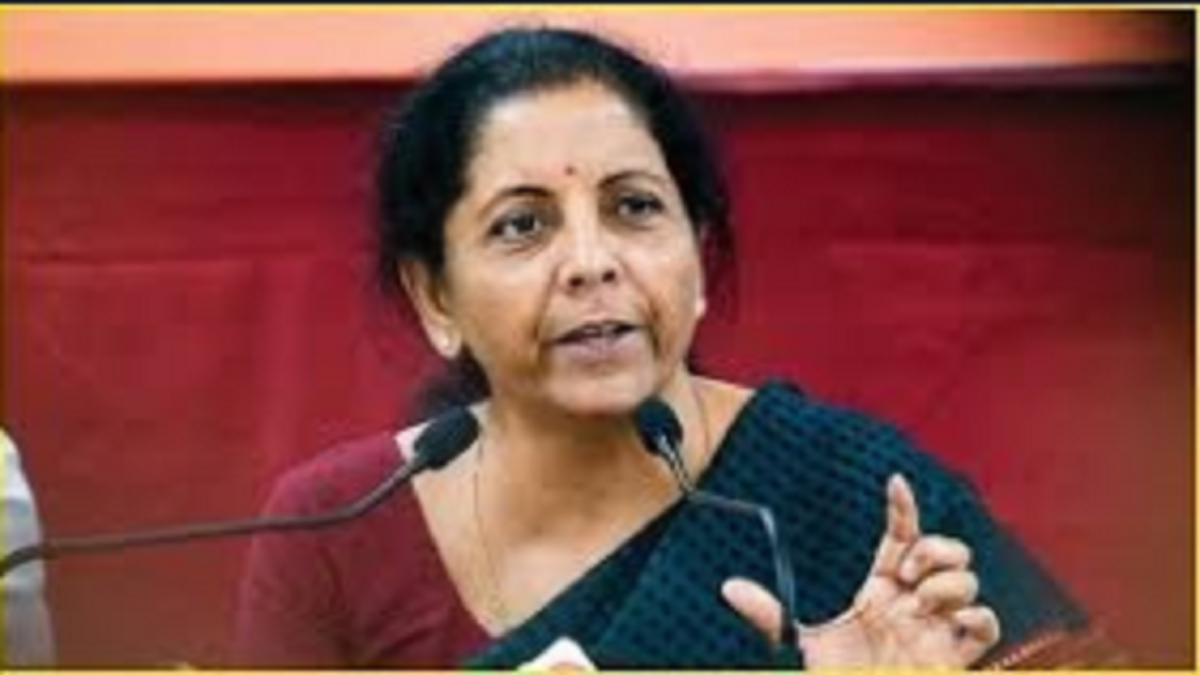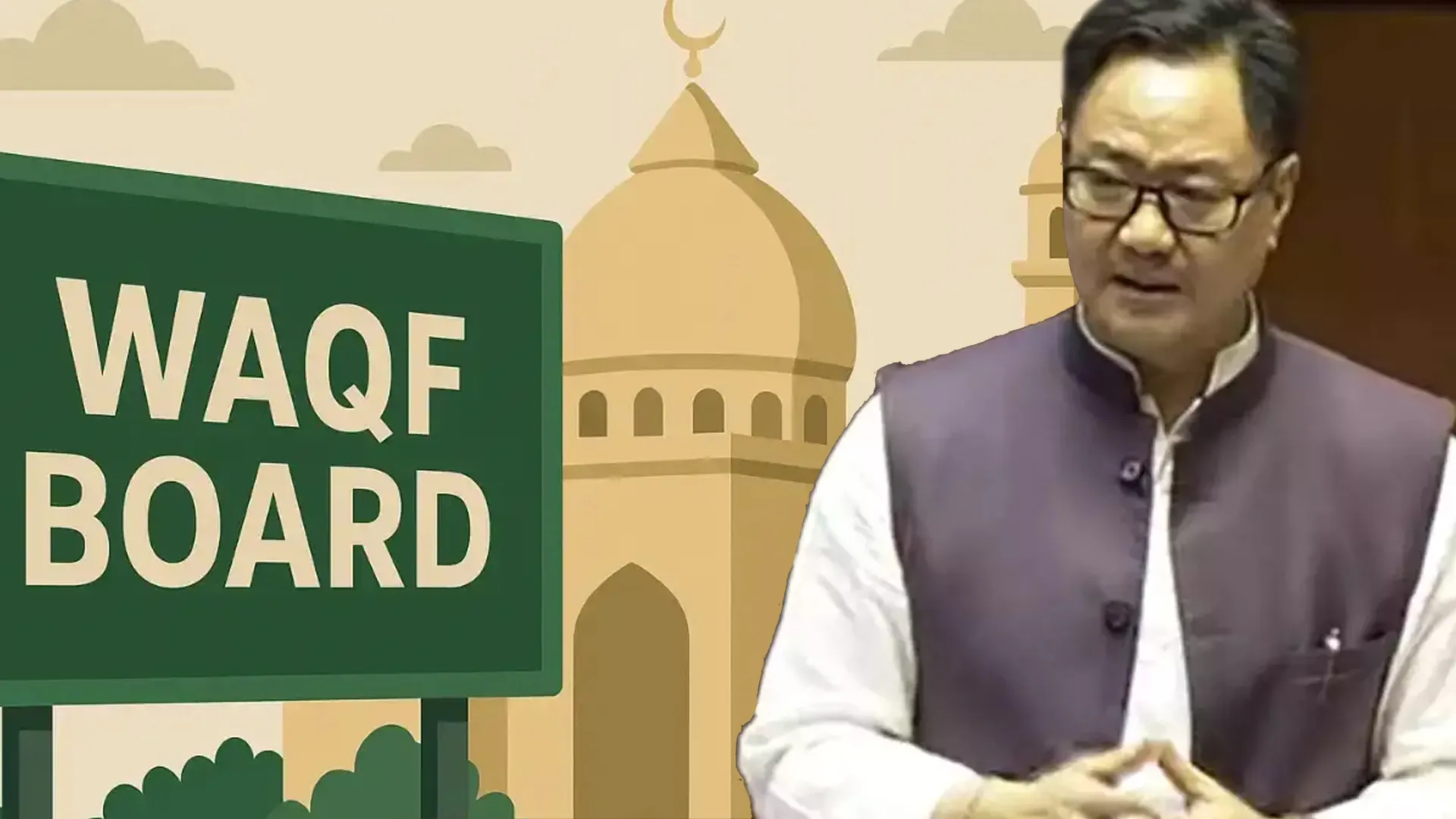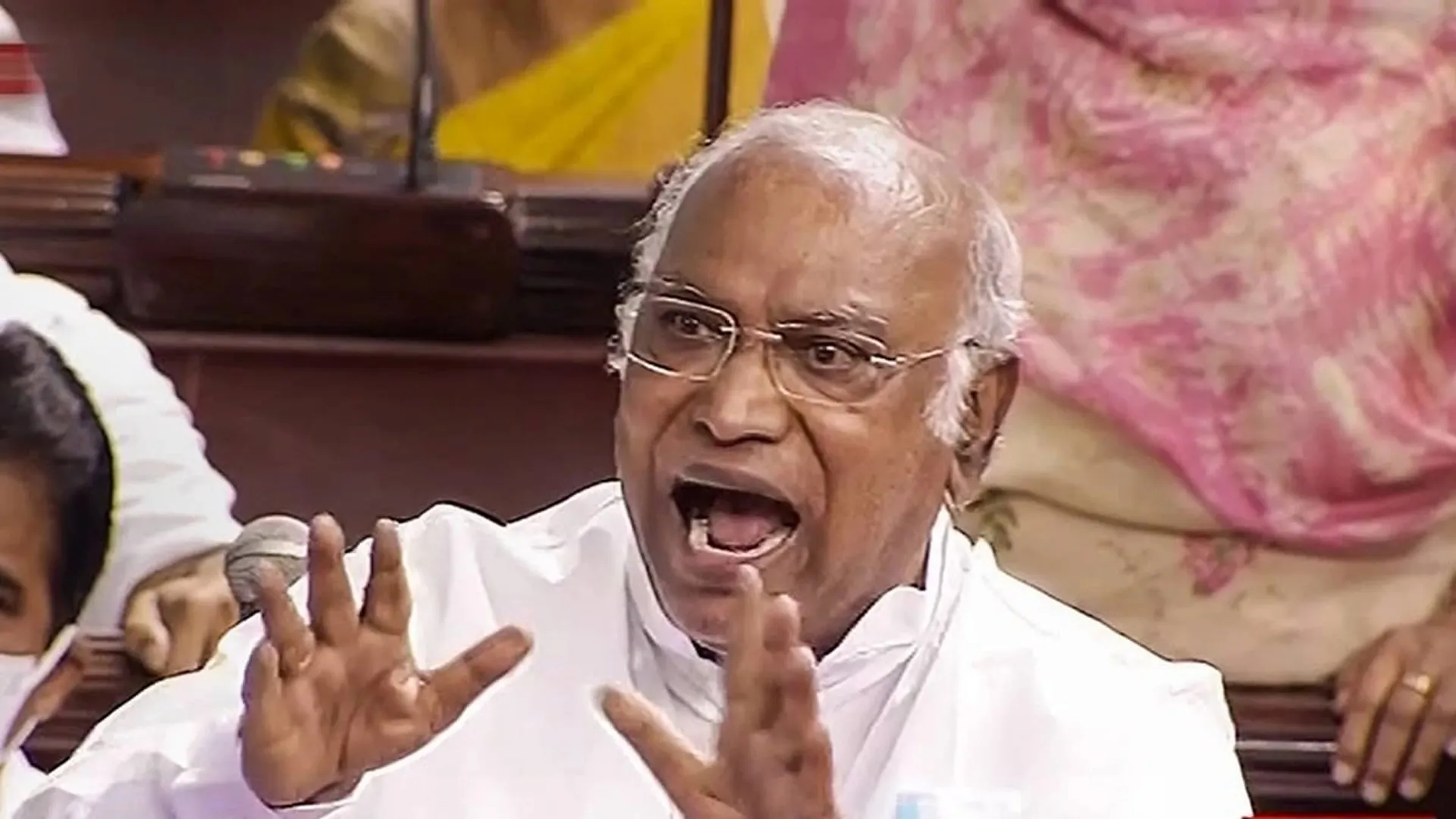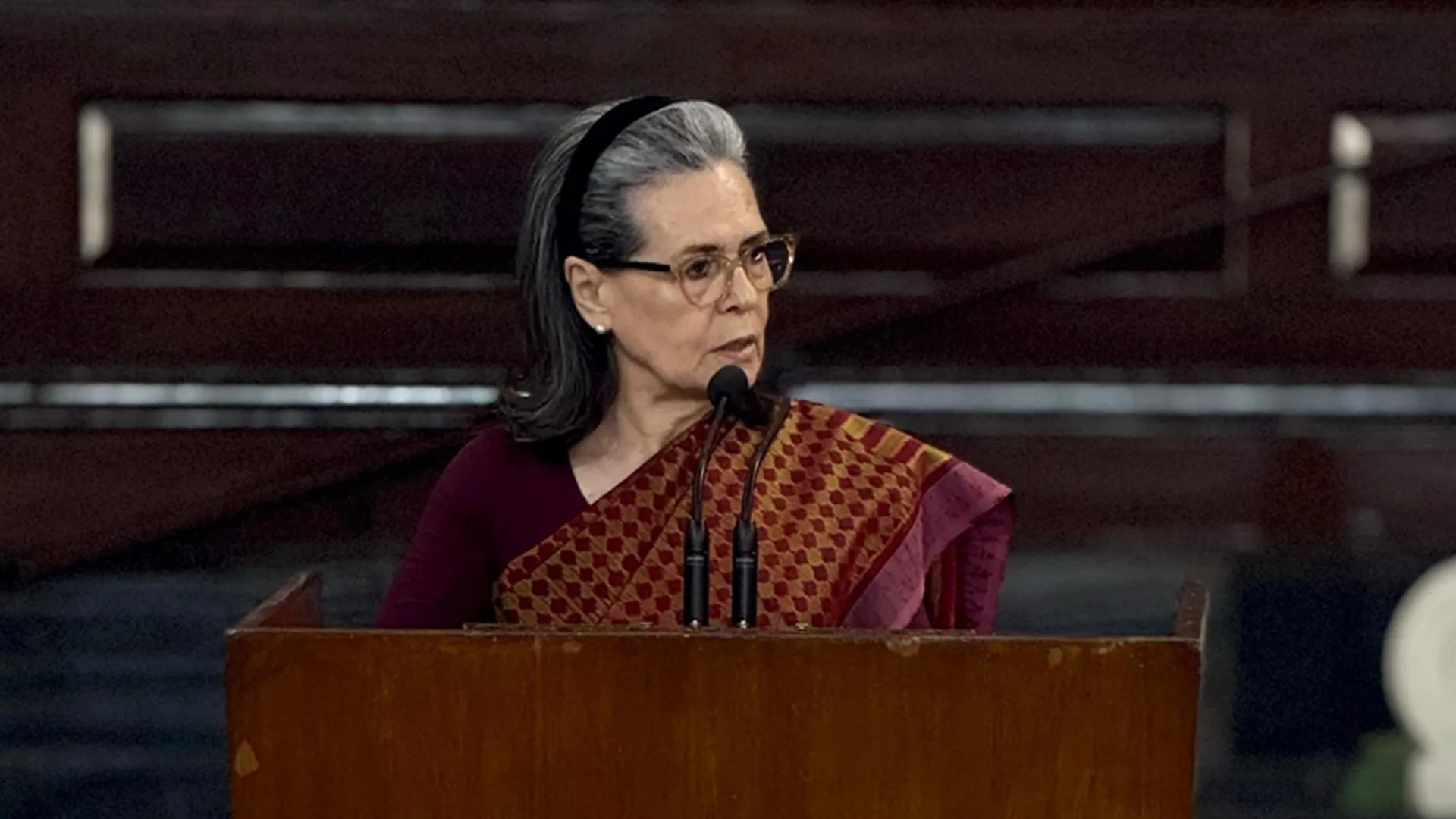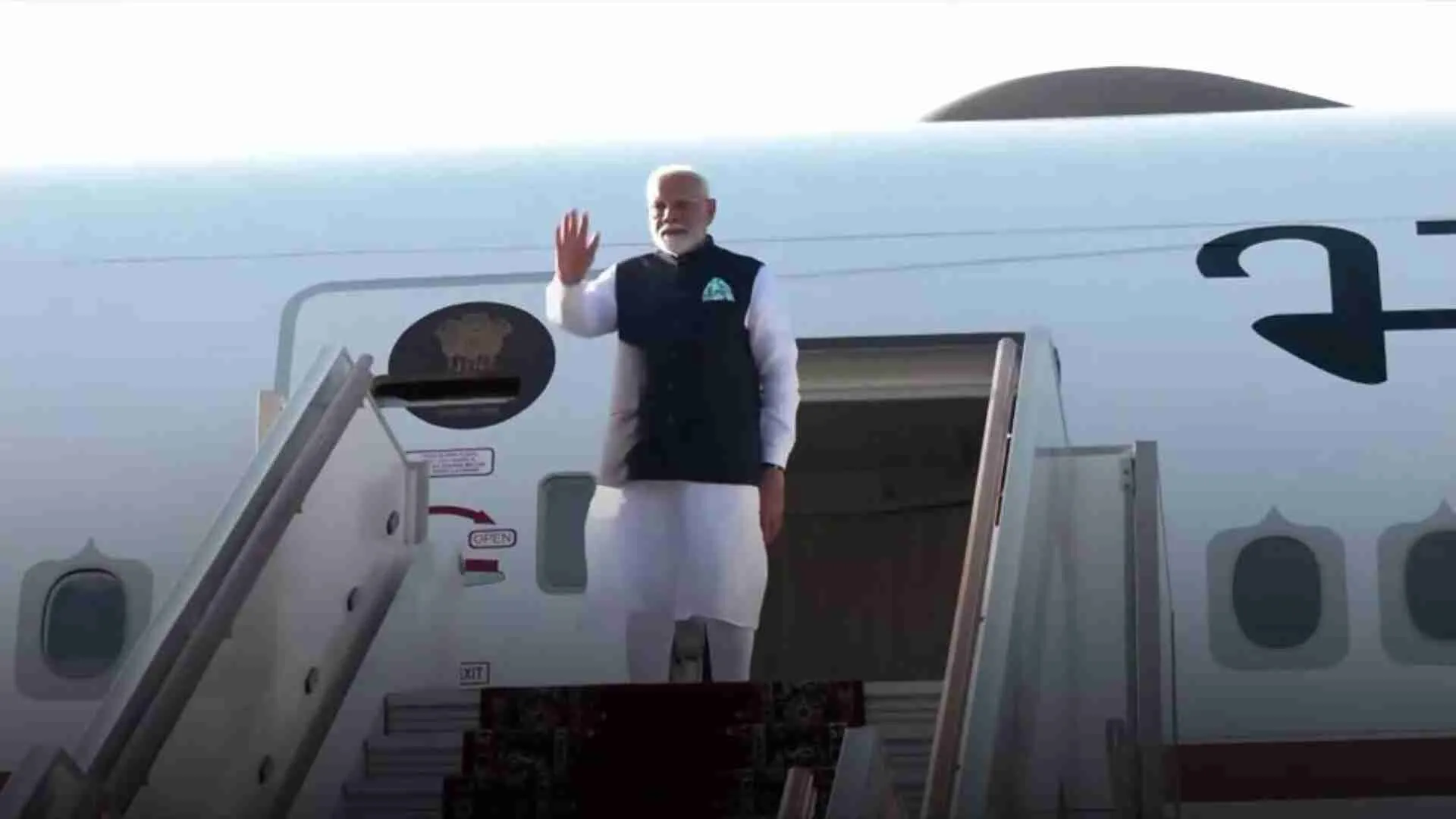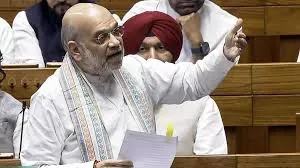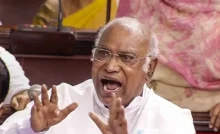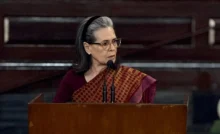The annual Budget of the Union government, presented in Parliament by the Finance Minister, is a comprehensive estimation of the receipts and payments by the heads of important departments from each and every ministry. The figures include the current account balance and debt portion of the government for the financial year. In this process every year, the Union Finance Minister obtains information and requisitions from various sources as inputs prior to preparing the Budget and then it is passed in Parliament. The main aim of the government is to assess finances in order to provide for the needs and aspirations of all segments of the population with the available but limited resources.
The application of the available funds and the transparency of this function is mandatory for the government every year prior to the commencement of the financial year. Every Budget Session is considered special for everyone in the country and the Union Budget for 2021-22 is particularly significant as it will set the tone for the post-pandemic times. The post-Covid budget will consider not only the estimation of receipts, payments and debts, but also the behaviour of the people and the structural changes in consumption, investments, government spending on infrastructure and its implications on employment generation, along with the direct and indirect taxes collections which have been adversely affected during the pandemic. Looking at the Financial Year 2020-21 is vital as both indigenous and exogenous factors, the behaviour of the people and the governments in every country in the world, followed an unorthodox pattern due to the prevailing pandemic and the uncertainties it brought.
Preparing the present budget has to be sensitive to three important aspects which need to be linked carefully without failing to adopt PM Narendra Modi’s flagship Aatmanirbhar Bharat Package as a reality, which has been assumed as assistance for the poor and build a productive and self-reliant India. In the process of preparing the final budget for 2021-22, the Union Finance Minister may first consider the structural reforms adopted in the banking sector, reforms in FDI, reforms in the automobile and textile sectors and NBFCs. The Budget 2020-21 hadn’t shown results as per expectations due to the lockdowns. Secondly, in her Budget 2020-21 speech, the Union Finance Minister had announced Rs 100 lakh crores worth of infrastructure for the next five years in a PPP method with the participation of State Governments in designated infrastructure projects as per policies defined by the Union Government. These included roads, transportation, irrigation and drinking water, power, Digital India, etc. It was meant to take our country to a $5 trillion economy in the next five years. The third factor to be considered in the Rs 21 lakh crore Aatmanirbhar Bharat Package, which was announced by the Finance Minister in the Unlock phase for augmenting the economy and its sustainable and inclusive growth. Thus, while gathering material and information from various stakeholders in the country this time, the Union Government should pay significant attention to adopting these measures in addition to the general perspective of the Budget.
It would be ideal to analyse the current financial year (2020-21) actuals with the budgeted and revised budgeted key figures, although the fourth quarter of the year is still in progress. In this process, revised budgeted figures will be ascertained after measuring all the odds in the first and second quarters of the current financial year which adversely impacted the economy due to the unforeseen Covid-19 pandemic. The Union government had proposed to spend Rs 30.42 lakh crore in 2020-21 as expected receipts (other than borrowings) for Rs 22.46 lakh crore at an estimated fiscal deficit @3.5%, to project Rs 8 lakh crore debts during the year. But this debt may be raised to Rs 11-11.50 lakh crore since the fiscal deficit raised to 135% for the current financial year.
As far as collections are concerned, shortage in both direct and indirect taxes will be up to Rs 4-4.50 lakh crore, as expected, because of the weighted average of 12.50%, which indicates the pandemic leading to lower tax collections and impacting the economy adversely. Total indirect taxes had been anticipated as Rs 10.96 lakh crore for FY 2020-21, out of which, Rs 6.90 lakh crore were projected from net GST. However, GST collections had already been as low as Rs 1.30 lakh crores during the first quarter, and July and August registered even lower collections with Rs 26,000 crore. Compared to the previous year for the same period, in addition to this, a growth of 12% had also been anticipated in GST collections for FY 2020-21. This percentage is also a part of the shortage in collections as the month-wise year-on-year from April to August has not been achieved. Hence, GST collections alone may be registered by as low as Rs 1.75 lakh crore for the current financial year. Then, income tax collections, including corporate taxes, had been anticipated to amount to Rs 12.80 lakh initially. But there seemed to be a shortage in the net collection by Rs 3-3.50 lakh crore by 31st March 2021. There is a positive current account balance for the current financial year since there were much lower imports as compared to exports in terms of volumes and values. But this is the reason why the lower tax collections are vital for the revised estimated figures of FY 2020-21. It reflects the growth rate (at -7.5%, although a 5% growth had been anticipated). Apart from this, present conditions have also influenced the disinvestment targets, which had been anticipated to be Rs 2.10 lakh crore, but have reached only Rs 13.84 thousand crore in actuals till now.
The economy and finances of our country might have been much worse than what it is now if not for the timely Aatmanirbhar Bharat Package announced by the PM Narendra Modi-led Union Government. The package of Rs 20.97 lakh crore consists of Rs 3.75 lakh crore for the MSME sector, Rs. 1.19 lakh crores for collateral-free loans under the Credit Guarantee Scheme and Liquidity Measures, Rs 3.10 lakh crore in the first announcement for the poor, migrant labourers and farmers, Rs 1.50 lakh crore in the second announcement for the agriculture sector, Rs 8,100 crore in the third announcement for coal, mines and minerals, defence, airspace, power sector reforms and viability gap funding for social infrastructure, Rs 40,000 crore as MGNREGA additional funding for employment, Rs 1,92,800 crore for the Garib Kalyan Yojana providing financial assistance to BPL families, and 8,01,603 crore other financial and liquidity measures by the RBI to fight against the constraints forced by the lockdown. Though resources were limited, the Union Government and the RBI had a well-planned strategy to make a self-reliant Bharat with appropriate fiscal measures and incentives for different sectors and segments, which is almost 10% of our country’s GDP. Though there had been a projected growth of -12.50% for the current financial year, it has now been revised to -7.5% due to the remarkable and relentless efforts of the Union Government and the RBI. Now, the Finance Ministry should keep its eye on the Aatmanirbhar Bharat Package announcements while fine-tuning the upcoming Budget since it is the bridge between FY 2020-21 and FY 2021-22 via the periods of lockdown and ‘unlock’.
Union Finance Minister Nirmala Sitharaman will have to pay more attention and assume greater responsibility while preparing the upcoming budget because this budget will pave the way for the future of our country in the context of a post-Covid global economy. The Union government has already commenced structural reforms in banking, FDIs, NBFCs, etc, during the cycle of global slowdown and recession and some more measures lie ahead to be implemented. Apart from this, infrastructure and other aspects like the new farm laws are also vital considerations for the upcoming Budget. As far as corporate taxes are concerned, they will be continued as per the announcements in the Aatmanirbhar Bharat package. There is also a demand made by small and medium-sized partnership firms to consider cutting the present income tax rates to sustain their business operations since there were no announcements made for them. As far as the GST is concerned, small scale industrialists and contractors are not in a position to pay it before collecting their sale and contract proceeds on the due date and it does consider positively as a measure of EODB for them. Finally, the Budget 2021-22 should be prepared keeping in mind the ambitious but achievable goal of becoming a $5 trillion economy in the next five years.
The writer holds a degree in commerce and works as an FCA.


